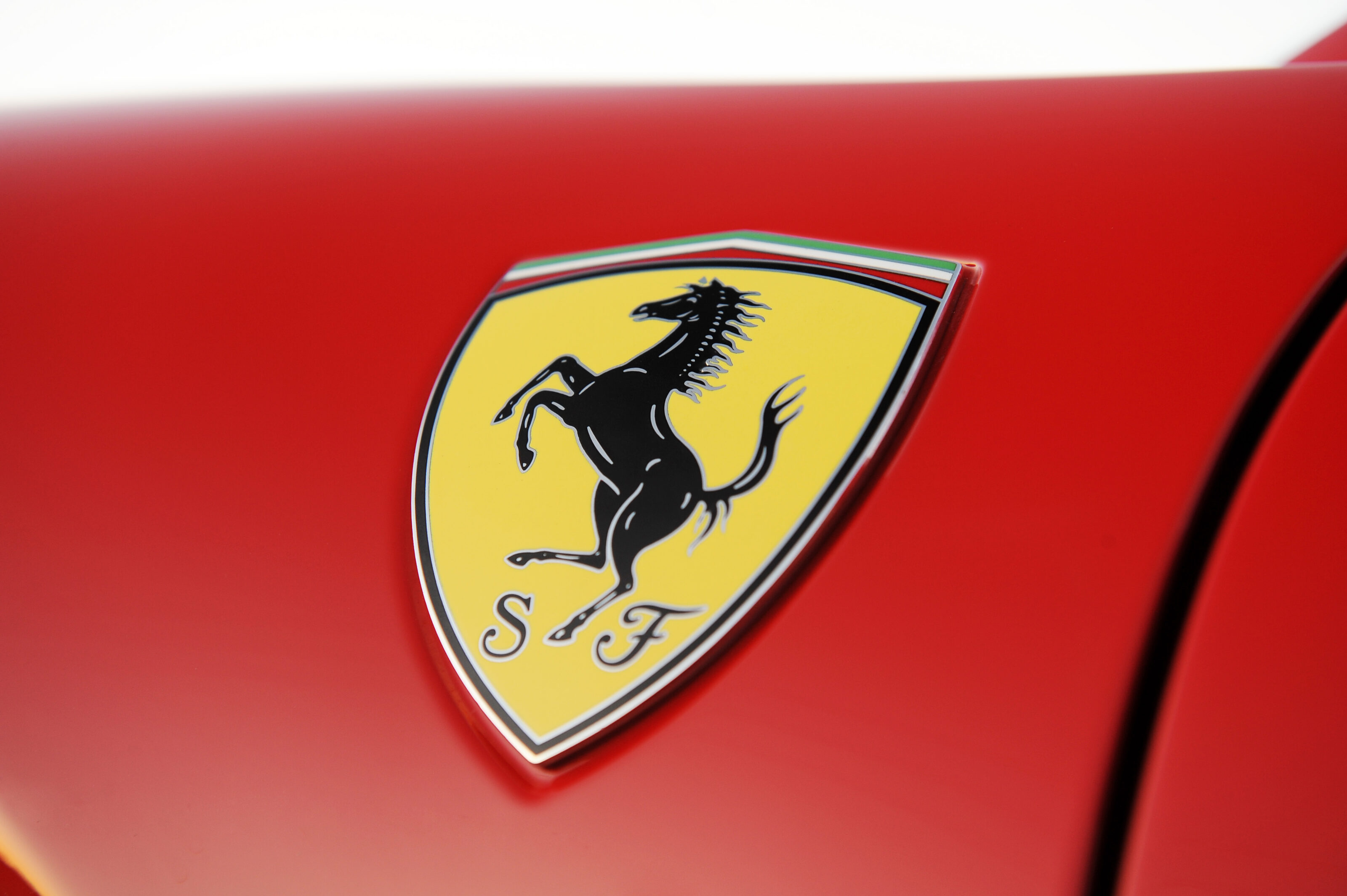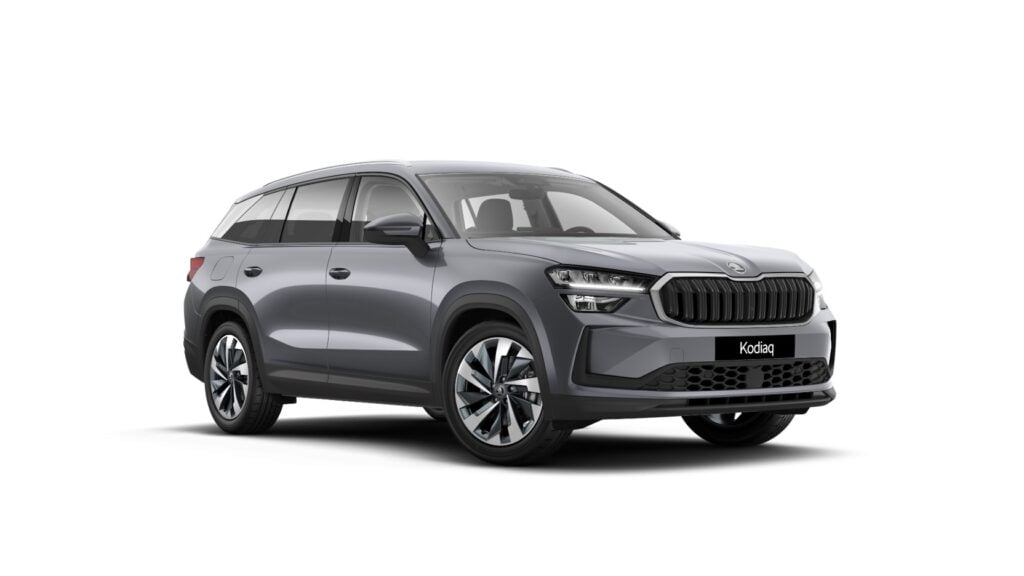Snapshot
- New mid-engine supercar could have as much as 600kW thanks to a turbo V6 hybrid powetrain
- Codenamed internally at Ferrari as ‘F171’
Ferrari’s next mid-engined supercar and replacement for the outgoing, V8-powered F8 Tributo, could bring back the long-dormant Dino moniker.
The secretive new Ferrari was recently spied testing on a mule set-up based on what looked like the Italian automaker’s ballistic SF90 Stradale hypercar.
According to Autocar, the next Prancing Horse, which is being developed under the codename ‘F171’, will ditch the Tributo’s prodigious F154 twin-turbocharged 3.9-litre V8, which has been in production since 2013.
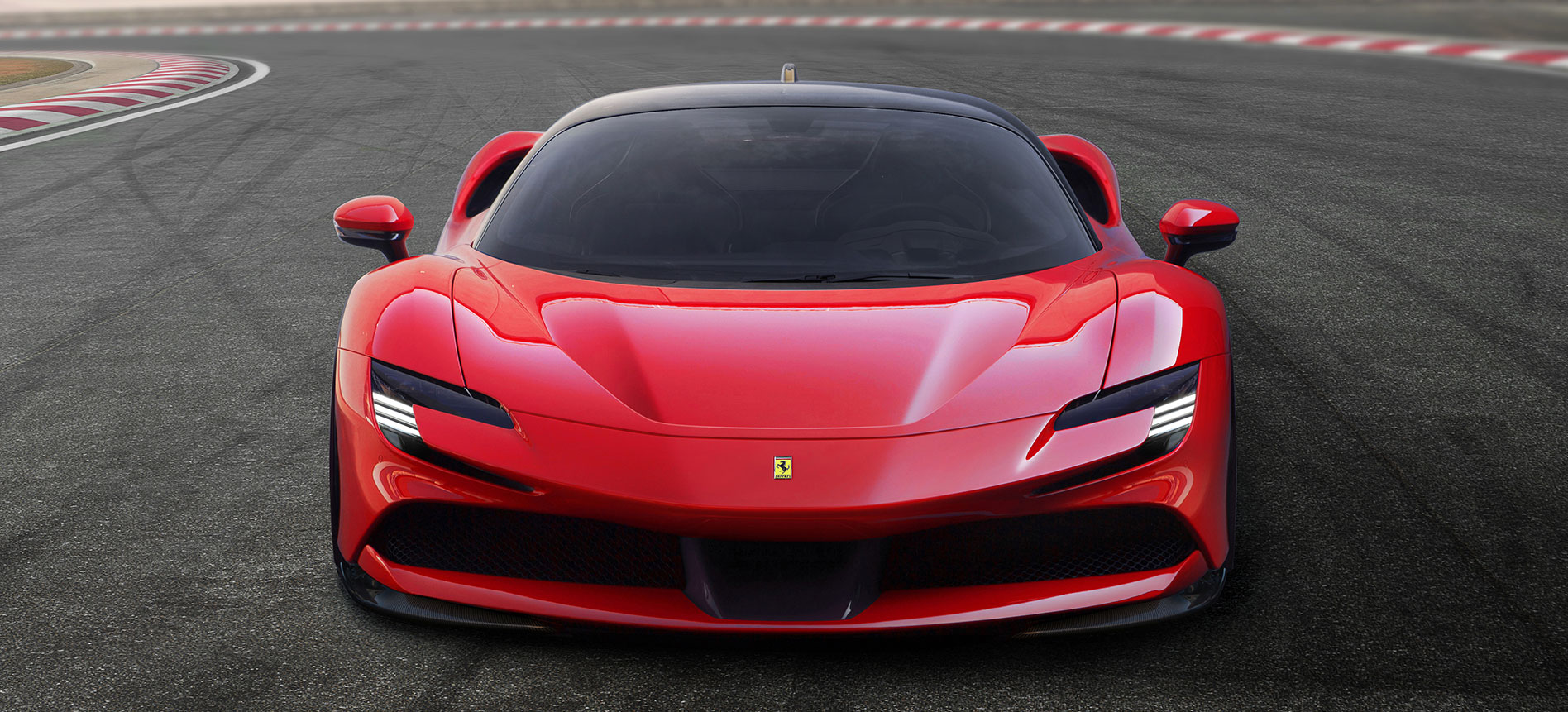
In its place, Maranello’s newest thoroughbred filly will reportedly utilise a hybrid powertrain comprising a twin-turbocharged 3.0-litre V6 and an electric motor.
Where will the V6 come from? Well, Motortrend has speculated the F8 successor will be powered by a fettled version of the blown Nettuno V6 found in Maserati’s all-new MC20 supercar.
Weirdly, and perhaps fittingly, the Nettuno V6 is reportedly related to Ferrari’s F154 bent-eight motor – it’s just missing two cylinders.
The combined power of the internal combustion engine and electric motor is rumoured to be in the region of 600kW.
If true, this would make the six-cylinder Fandango much more powerful than its McLaren Artura rival, which is also powered by a 3.0-litre turbo six and an electric motor but only produces 500kW.
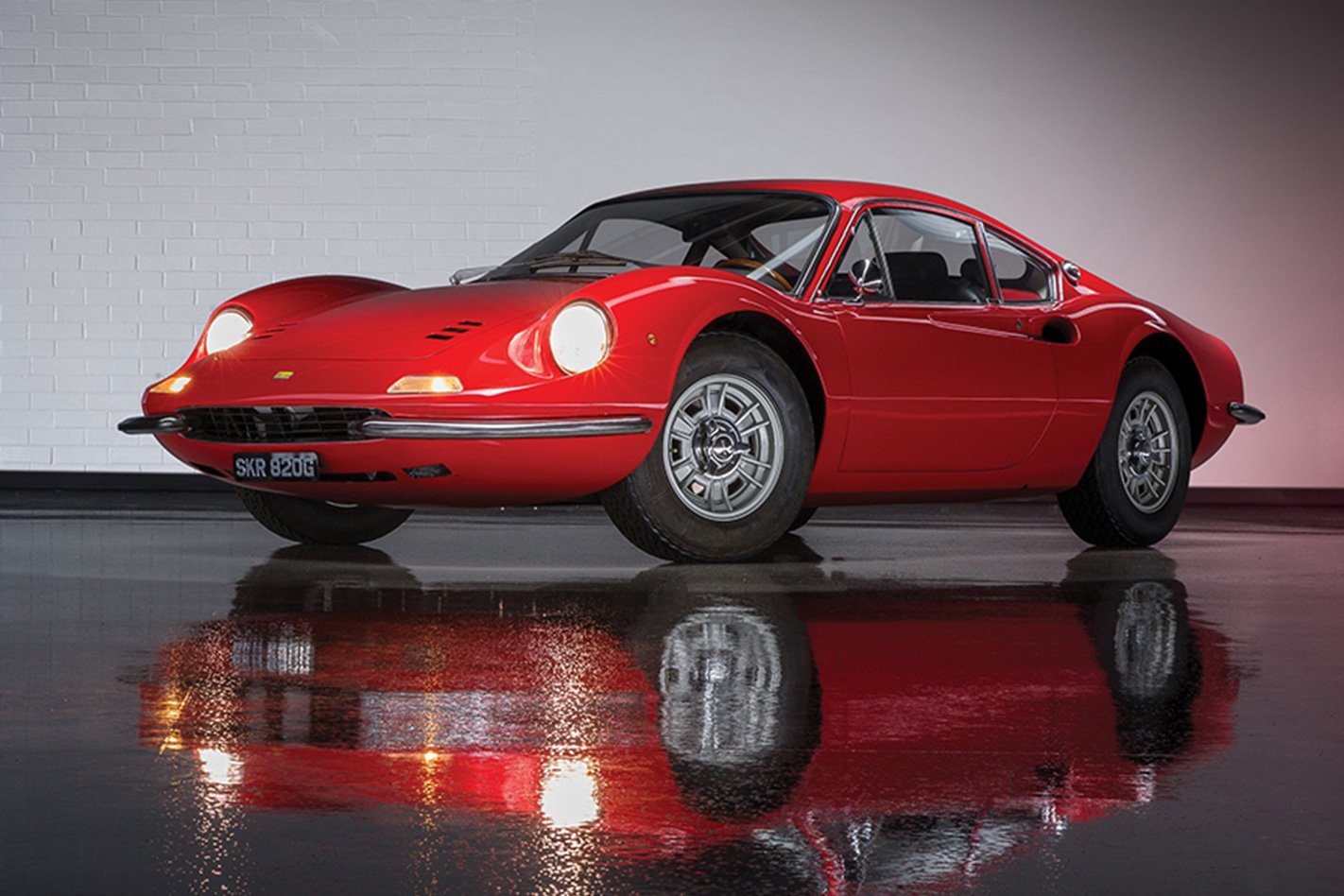
Ferrari already has form in creating enormous power in the turbo-hybrid era of performance cars, with its first hybrid series production model, the aforementioned SF90, making 735kW from its turbo V8 and three electric motors.
Unlike the SF90 though, Autocar reports the F171 will only utilise one electric motor, and power will be sent exclusively to the rear wheels.
Because of its V6 powertrain, the new Ferrari’s production name has been a source of debate in the motoring fraternity, with some suggesting the ‘Dino’ moniker could make a return, given this new supercar will be the first Ferrari to feature six-cylinders since the original Dino 206 GT of the late ’60s.
We recommend
-
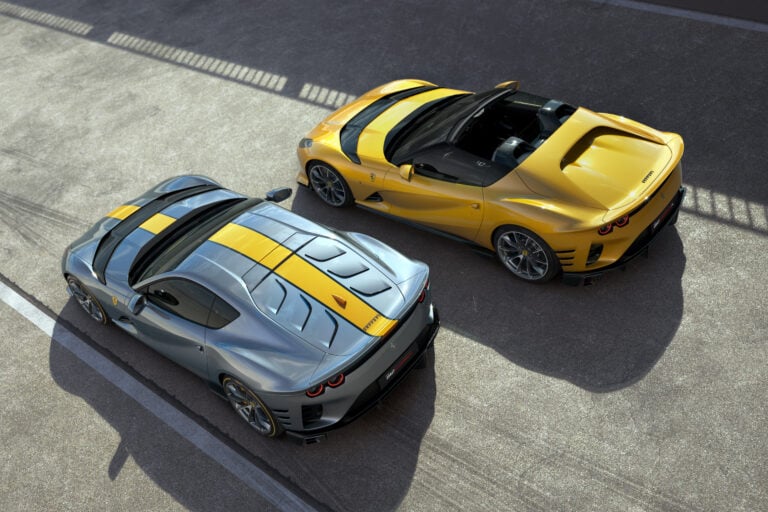 News
NewsFerrari 812 Competizione and Competizione A revealed
Limited-edition supercars unveiled in coupe and targa guise
-
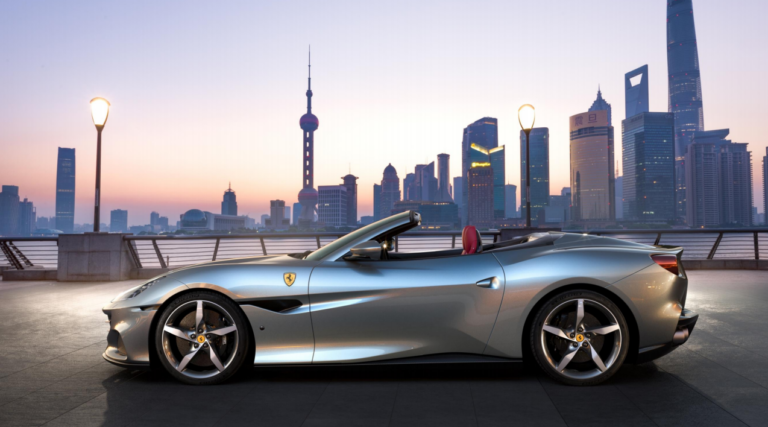 News
NewsFerrari takes a second second stab with the Portofino M
The Portofino M looks to claim back some of the attention stolen by the lovely Ferrari Roma. What does 'modificata' mean this time round?
-
 News
NewsFerrari F8 Tributo given the Novitec tuning treatment
More power, speed, and attitude for Ferrari’s 488 successor

